The washing machine is stuck on the drain
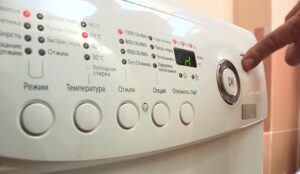 If the washing machine is stuck in the water drain mode, you will have to intervene. The machine can sit indefinitely with a full tank and a humming pump, without completing the running program. Until the user turns off the power to the equipment, the unit will “work”. It is impossible to wash while hanging on the drain. It’s better not to risk things and equipment, but to call a specialist or start diagnostics yourself.
If the washing machine is stuck in the water drain mode, you will have to intervene. The machine can sit indefinitely with a full tank and a humming pump, without completing the running program. Until the user turns off the power to the equipment, the unit will “work”. It is impossible to wash while hanging on the drain. It’s better not to risk things and equipment, but to call a specialist or start diagnostics yourself.
What happened to the machine?
If the machine freezes when trying to pump out water, it means that the system cannot cope with the assigned task. The process starts, the control board gives the corresponding signal to the pump, the drainage is activated, but for some reason the “chain” breaks. It is not easy to determine the problem - several breakdowns manifest themselves with similar “symptoms”: from blockages to electronic failures. The control module rarely fails. More often, a “glitch” during draining occurs due to the following malfunctions:
- the pipe connecting the tank to the pump is clogged;
- the pump is dirty or broken;
- the drainage filter is clogged;
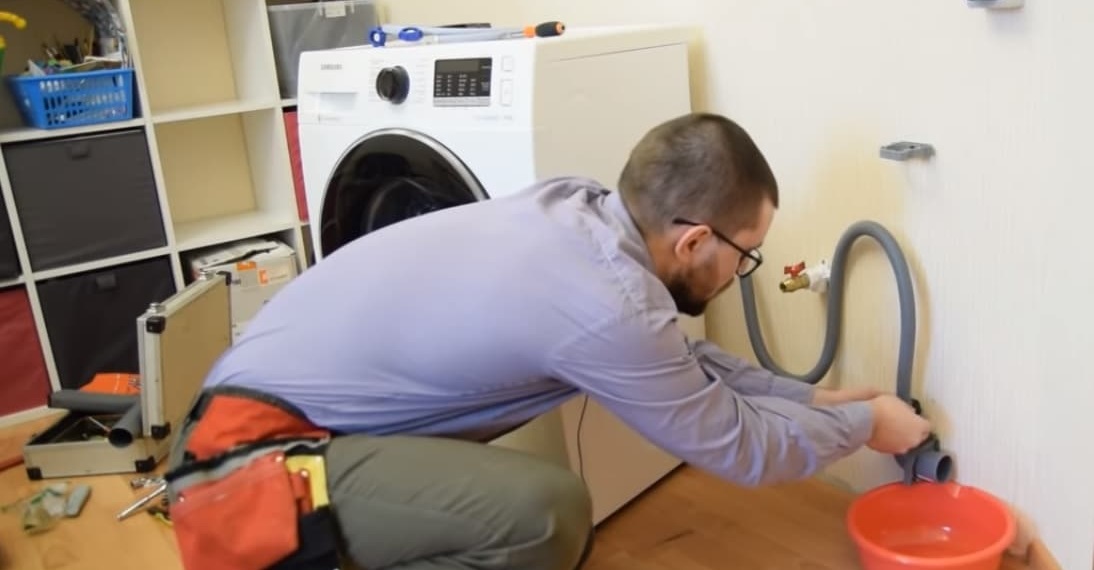
- there were interruptions with the external sewerage system (siphon or riser);
- The drain hose is clogged.
The machine stops draining if there is a blockage in the drainage system.
Modern models of washing machines often help the user with troubleshooting. Smart equipment is able to “notice” a malfunction thanks to an advanced self-diagnosis system and report a failure through the display - the corresponding error code will appear on the screen. To understand why the stop occurred and what to do, you just need to open the instructions and find the explanation.
Let's start with the "garbage bin"
If you suspect problems with drainage, it is recommended to first pay attention to the garbage filter. All waste water passes through it, and the particles of soap, dirt and debris contained in it settle on the plastic. If you do not regularly clean the nozzle from accumulated debris, a blockage will occur - the drain will become clogged, and the liquid will remain in the drum. You can inspect the drain system and remove the blockage yourself. First of all, the equipment is disconnected from the power supply and water supply, and then it is moved away from the wall. Next we proceed as follows:
- unsnap the technical hatch door by prying it by the edge with a flat screwdriver;
- remove the panel to the side;
- tilt the machine back, raising the front by 3-6 cm;
- We place a container under the filter plug that is comparable in volume to the drum;
- cover the surrounding area with rags;
- carefully unscrew the spiral halfway;
- wait until the tank is completely empty.
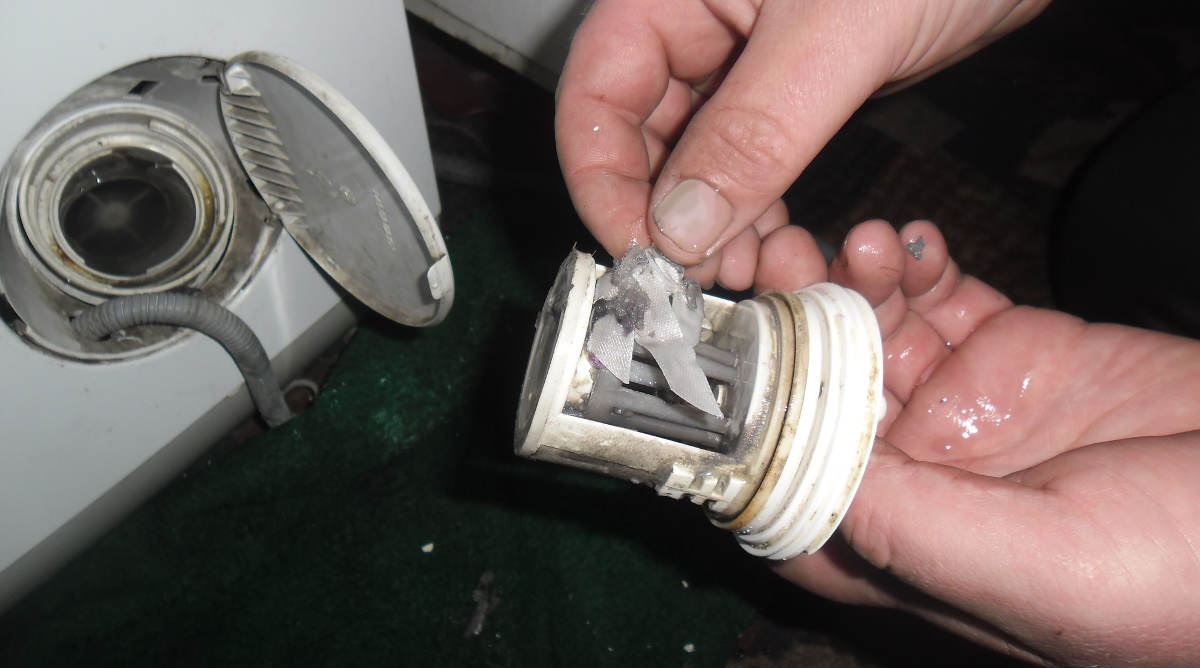
Once the flow has weakened, you can unscrew the filter completely. The removed “trash bin” is thoroughly cleaned of accumulated scale and dirt. Large deposits are broken off by hand, and medium deposits are washed off with soap and a dish sponge. In case of stubborn stains, you will have to go through the spiral with a toothbrush. If the plaque does not give in, then we proceed to soaking, lowering the nozzle into a warm lemon solution. You cannot use boiling water - the plastic is deformed at high temperatures.
Cleaning is not limited to just one filter. At the same time, the seat itself is inspected and washed of dirt. Then the repair can be completed: screw the “trash can” back in, insert the false panel, connect the machine to the communications and run a test wash. Has the equipment started draining water? This means the problem has been resolved.
Let's inspect the pump
If cleaning the drain filter did not help and the test wash stopped at drain again, you will have to continue the diagnosis. It is necessary to check the pump for cleanliness and serviceability. We disconnect the machine from communications, unsnap the technical hatch door and remove the “trash can” from its seat. Next we proceed like this:
- We illuminate the vacated hole with a flashlight;
- we find the impeller and check it for jamming (the blades should rotate freely and not be blocked by wound hair and other debris);
- Let's inspect the pump itself.
If you notice large debris or a clump of hair, you must immediately “clean up.” Be sure to unwind the impeller: it should “sit” tightly on the shaft, but not lock. If the screw flies off the rod or remains motionless, then the reason for stopping the drain has been found. Is everything okay with the impeller? Then we move on to checking the electronics. Without screwing the filter back in, we connect the equipment to the network and start the spin program. A working pump will begin to spin up simultaneously with the washing machine motor.
If the machine is working, but the pump is “silent”, then the breakdown of the latter is obvious.
There is no point in repairing the pump - it is cheaper and faster to replace it completely. It is not necessary to contact the service; you can handle the procedure yourself. The main thing is to choose the right analogue, based on the serial number of your existing washing machine. The ideal option would be to dismantle the old device and search for a new one using a visual example. Removing the pump is easy: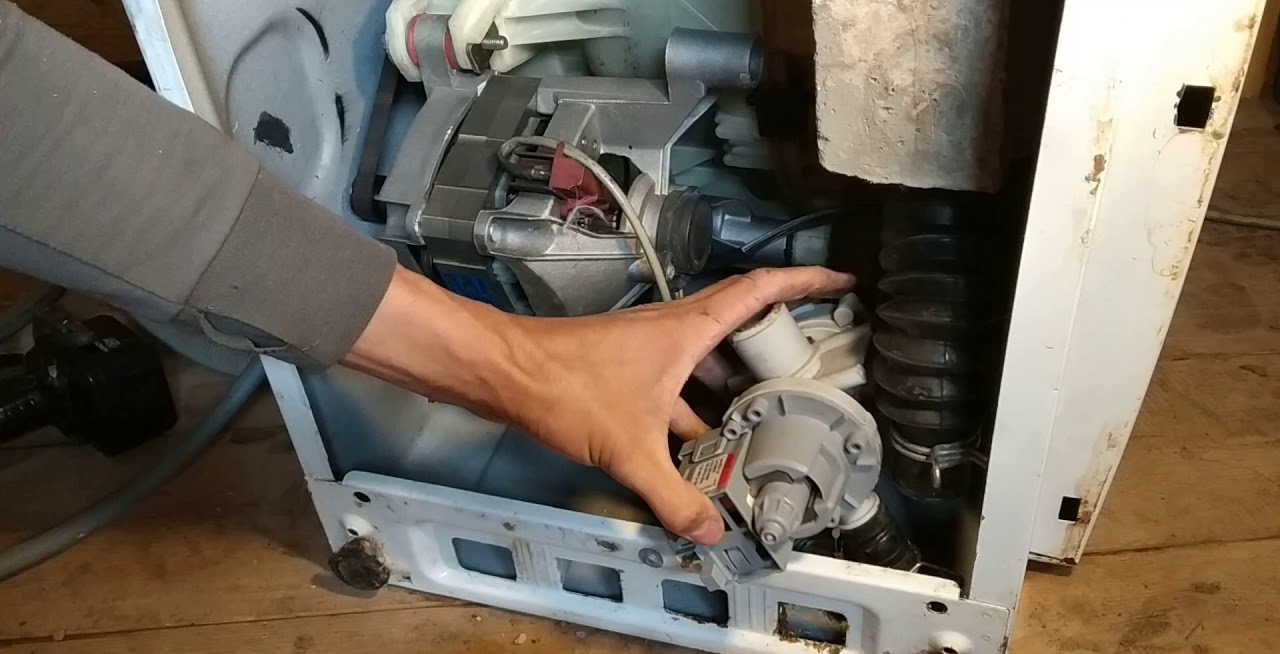
- disconnect the washing machine from the power supply, sewerage and water supply;
- lower the machine onto its left side (the detergent tray should be at the bottom);
- disconnect the tray from the body;
- find the pump attached to the cochlea;
- free the pump from connected wires and hoses;
- loosen the fixing screws;
- grasp the pump body and, after twisting, remove it from the grooves.
After removing the pump, be sure to clean its seat: rinse the snail from accumulated dirt. The new pump is installed in the reverse order: the device is fixed in the grooves, tightened with screws, connected to the wiring and supplied with pipes. Then we return the pan, place the machine vertically and start the idle cycle. If the drain is not restored, you will have to contact a service center - the control board has probably failed.
Interesting:
Reader comments
- Share your opinion - leave a comment
Categories
Washing machine repair


For buyers

For users

Dishwasher


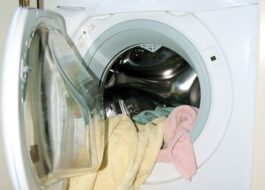
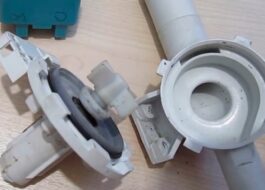













Add a comment